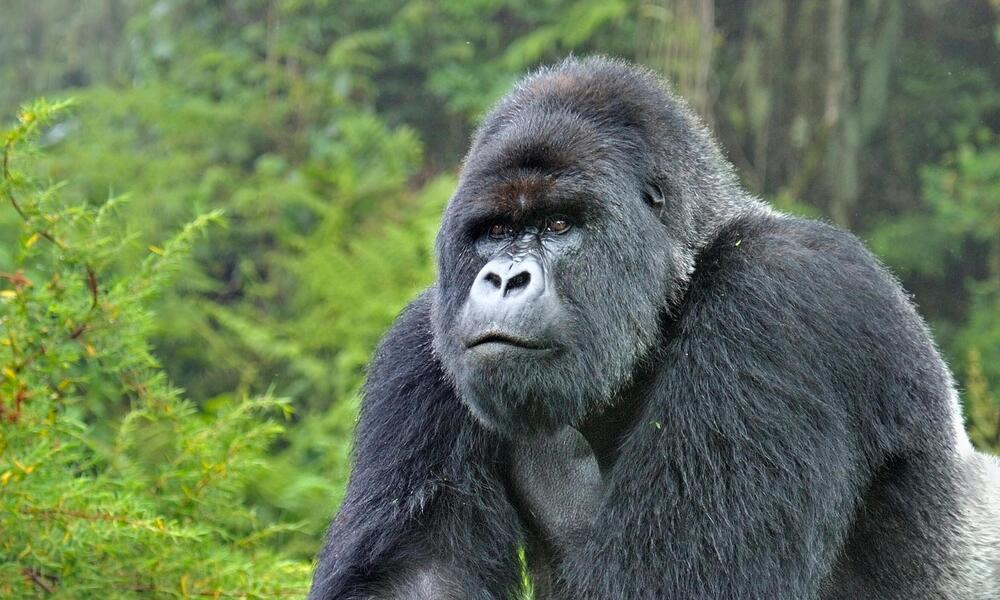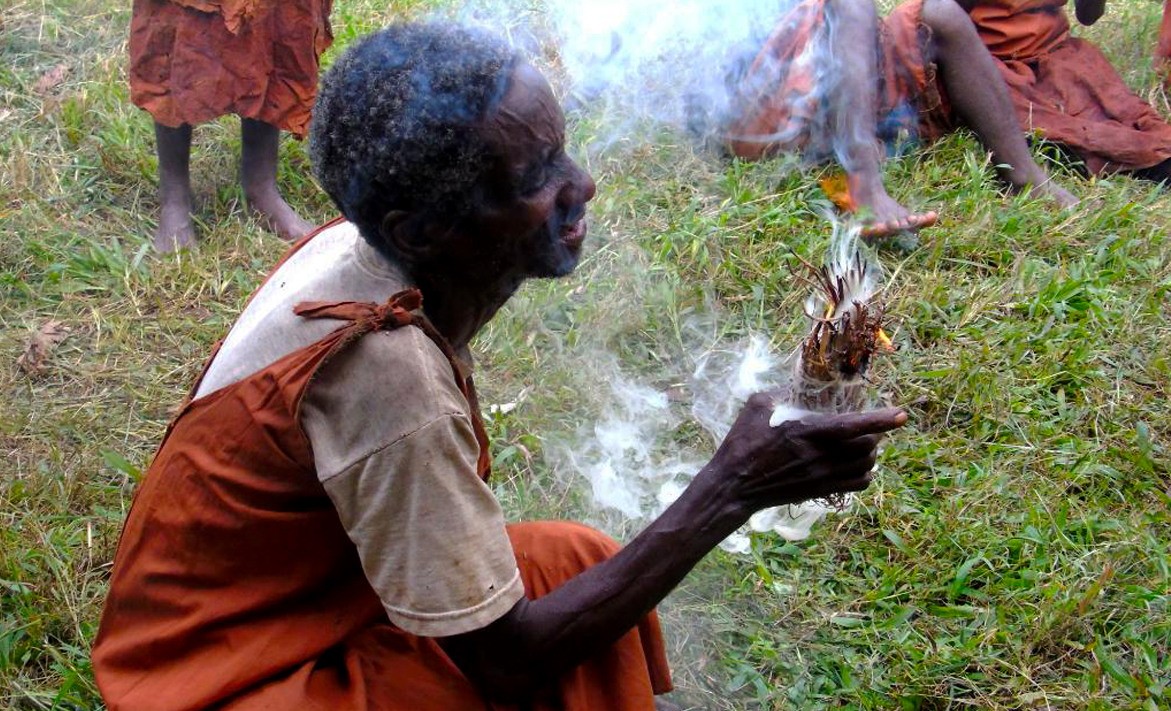Ultimate Guide to Exploring Bwindi Impenetrable National Park: Everything You Need to Know
The jaw-dropping views, as well as rich diversity within Uganda’s ultimate gorilla trekking destination, have awe-inspired nature lovers, primate enthusiasts, twitchers, botanists, Lepidopterists, and tourists alike since its establishment in 1993. Bwindi Impenetrable National Park has always been described as every primate lover’s bucket list safari destination and to make the best out of this magnificent safari destination, we recommend reading through our ultimate guide to exploring Bwindi Impenetrable National Park to plan your safari of a lifetime.
Situated on the south-western side of Uganda, Bwindi Impenetrable National Park is possibly the most sought-after primate viewing destination in Africa and is undeniably home to memorable gorilla trekking experiences. This UNESCO World Heritage Site is home to 120 mammal species, about 350 bird species, about 200 species of butterflies, about 220 tree species (making it over 50% of the country’s total tree species) as well as 100 fern species. Here, 10 primate species are found including the mountain gorillas, with almost half the World’s popular of these Giant Apes.

Mountain Gorilla (Gorilla beringei) silverback in Susa group
When to go to Bwindi Impenetrable National Park
The peak season for exploring Bwindi Impenetrable National Park is between June and the end of September as well as from December to February. These months are considered the driest and sunniest, in addition to coinciding with the Festive seasons as well as school Holidays. During these months, forest trails are drier hence more comfortable to walk through the jungles while undertaking activities like gorilla trekking, bird watching, and guided forest walks, to mention but a few.
The wet months are March, April, May, October, and November, although Bwindi Impenetrable National Park tends to be misty and rainy at any time of the year. Most travelers who make it to Bwindi during these months do it to avoid the summer rush, although you should expect heavy rains, muddy and slippery forest trails, and dense vegetation.
Exciting tourist activities offered in Bwindi Impenetrable National Park
Mountain gorilla trekking
By far, Bwindi Impenetrable National Park has the highest number of gorilla families, totaling 20 families that have been fully habituated to trekking by 160 visitors each day. The hair-raising walks go through dense vegetation, deep Valleys, steep slopes, and streams, and start at 8:00 am after a briefing that starts at 7:00 am. Visitors take 1-5 hours of walking to finally encounter the Giant Apes and spend one hour watching them go about their day-to-day activities. This activity is available to travelers above 15 years and must possess a valid gorilla permit (which costs $700 per person for foreign non-residents, $600 per person for foreign residents, and Shs. 250,000 for East African residents). Moderate fitness levels are recommended because mountain gorillas live in areas between 2500 to 4000 meters above sea level.
Bird watching
With over 350 bird species, it is rewarding to undertake birding walks through Bwindi Impenetrable National Park with the hope of sighting some of the 23 Albertine Rift endemics that include strange weavers, handsome francolin, Rwenzori Turaco, Rwenzori batis, Grauer’s warblers, the red-faced woodland warblers, Rwenzori nightjar, Doherty’s bushrike, Kivu ground thrush, Yellow-rumped Tinkerbird, to mention but a few. Mubwindi Swamp is so far the most popular and endowed birding spot in this National Park.
Guided forest walks
There are a number of incredible forests that walk through or around Bwindi Impenetrable National Park. These walks vary from one hour to six hours with views of bird species, tree species, sights of animals, and butterflies among others. The popular trails include the incredible Munyanga waterfall trail, Kashasha River Trail, Rushura Hill Trail, Mubwindi Swamp trail, Habinyanja (Railegh) Trail, and the Bamboo trail, Ivy River Trail, and Muzabajiro Loop Trail, to mention but a few.
Community walks
The best way to learn about the aboriginal tribe that occupied Bwindi Impenetrable National Park (Batwa pygmies) before it was gazetted is by undertaking walks through their village/communities around the Protected Area. Our 3 days Bwindi Gorilla Trekking Tour Uganda not only provides visitors with the opportunity of trekking the mountain gorillas but also visit and interact with the Batwa pygmies (keepers of the forest) who survived on hunting and gathering. The cultural tours take about 3-4 hours with insight into the lives of these pygmies while they called Bwindi Impenetrable forest home before being gazetted into a Forest Reserve and National Park.

Batwa Pygmies
Getting to Bwindi Impenetrable National Park
The commonest way to get to Bwindi Impenetrable National park is to drive (public bus or safari Land Cruiser) for 8-9 hours from Kampala or Entebbe, through districts of Mbarara, Masaka, Ntungamo, Kabale, and sometimes Kisoro. This journey is long but offers the full Ugandan wilderness or jungle experience with arrival being in the evening.
If you don’t have time or the patience of driving over 8-9 hours, the best option for getting to Bwindi Impenetrable National Park is by domestic flight. There are two known flight providers- Aerolink and Bar Aviation to the nearest airstrips of Kisoro and Kihihi. Travelers are advised to book flights in advance, especially in the peak seasons from June to September and December to February.
Lodging within or around Bwindi Impenetrable National Park
There are several lodging options within and around Bwindi Impenetrable National Park and they range from budget to luxury. In the Buhoma sector, the best options are Volcanoes Bwindi Lodge, Buhoma Lodge, Mahogany Springs Camp, Sanctuary Gorilla Forest Camp, Ride 4 a woman Cottages, and Silverback Lodge among others. In the Rushaga sector, our top pick is Gorilla Safari Lodge, Clouds Mountain Gorilla Lodge, and Chameleon Hill Lodge, to mention but a few.
